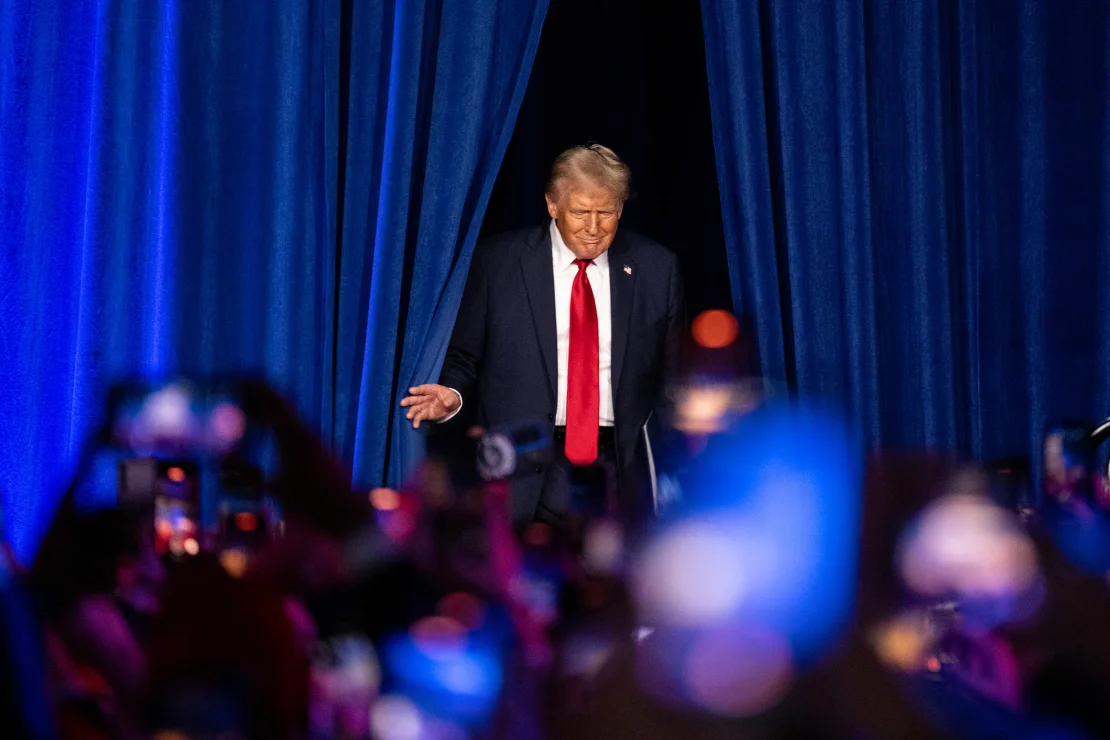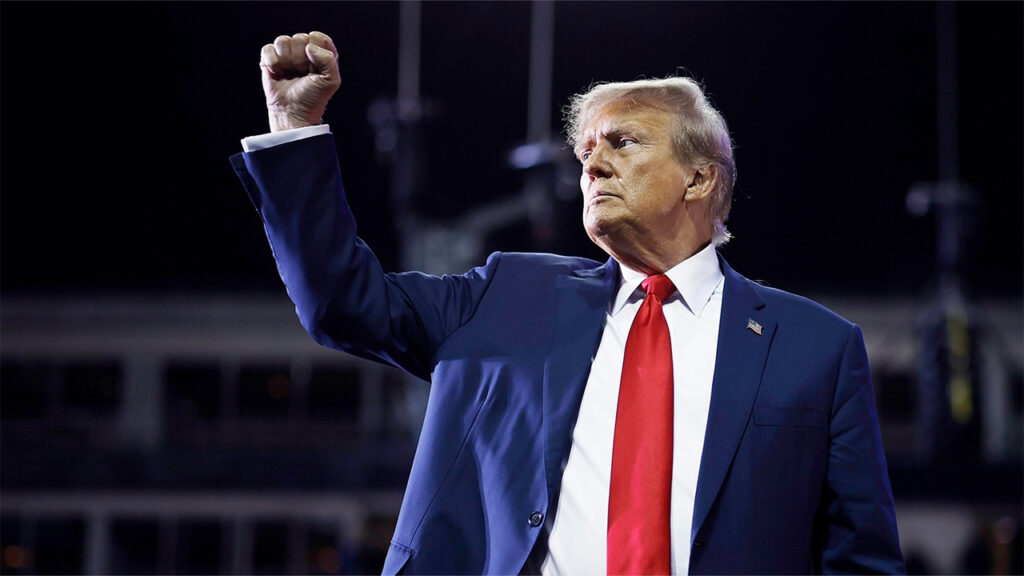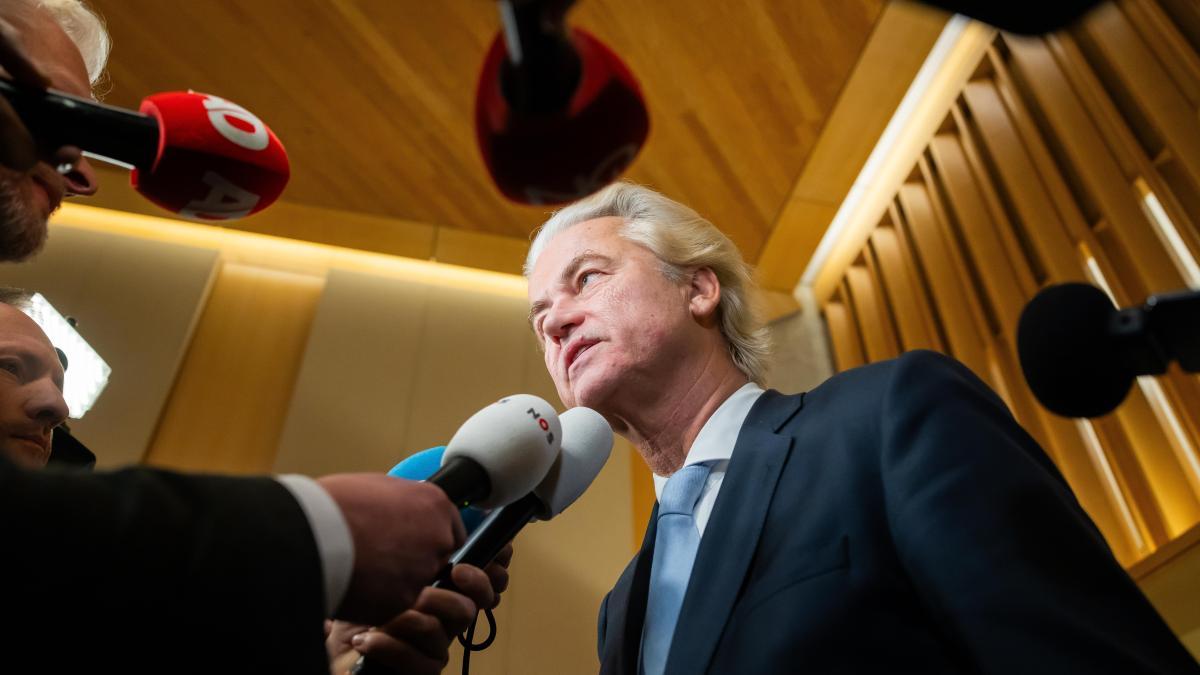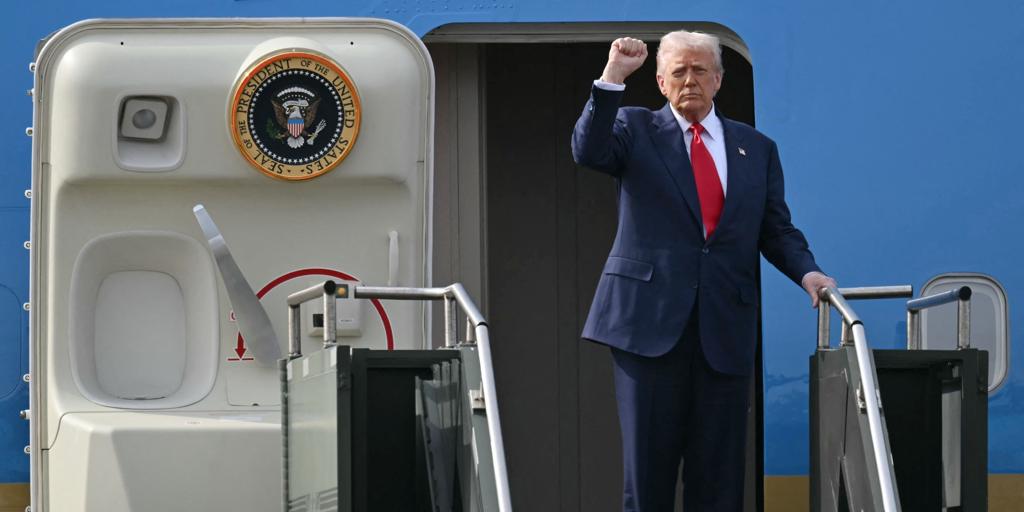Uncertainty has taken hold of the federal workforce as employees worry about the possibility of a “mass purge” following Donald Trump’s potential re-election. The former president has promised a series of measures that could profoundly transform the workings of the government, including the reinstatement of Schedule F, an executive order that would give him the power to fire thousands of career civil servants.
What is Schedule F and How Does it Affect Federal Employees?
Schedule F is a measure that allows the president to fire nonpartisan federal employees, particularly those in advisory or leadership roles. Trump’s proposal aims to replace these employees with political loyalists, which could result in a “mass purge” across various government agencies.
Impact on the Federal Workforce
- Mass firings: It’s estimated that hundreds of thousands of federal employees could lose their jobs under this reform, especially in areas like Washington D.C. and other key states that supported Trump.
- Politics versus merit: The goal of this measure is to eliminate the merit-based system that has been in place in the federal government since the 19th century, replacing it with one based on political loyalty.
Reactions and Concerns from Federal Workers
The prospect of a second term for Trump has created an environment of fear and anxiety among federal employees, many of whom have already endured a first term filled with cuts and abrupt changes. Some of the major concerns include:
- Loss of independence: Employees fear that the politicization of positions will affect their ability to work impartially and efficiently.
- Uncertainty about the future: Employees at key agencies, such as the EPA and the Department of Energy, are wondering if they can continue working under this environment.
How Could the Federal Administration Change Under Trump?
In addition to mass firings, Trump has proposed relocating government agencies out of Washington D.C. and reducing the size of several federal offices, which would directly affect the structure of the government and the employees who rely on these positions.
- Relocation of offices: Trump already implemented this strategy during his first term, moving the Bureau of Land Management headquarters to Colorado, forcing many employees to retire or resign.
- Cutting agencies: Some former Trump officials suggest that certain federal agencies should be eliminated if they don’t directly contribute to the president’s agenda.
The Role of Unions and Legal Resistance
Unions representing federal employees are mobilizing to protect workers. The American Federation of Government Employees (AFGE), which represents over 800,000 federal workers, has already begun preparing legal challenges against Schedule F and other measures that may arise.
Protecting Labor Rights
- Defending impartiality: Unions are working to ensure that employees can do their jobs without political interference, defending the independence of federal agencies.
- Legal action: Legal actions are being prepared to counter any measures that could infringe on the rights of employees, particularly those in areas like science and research.
Conclusion: What’s at Stake for the Future of the Federal Government?
The future of the U.S. federal administration could be at stake with these radical proposals. The shift toward a political loyalty-based system and mass firings could transform the very nature of how the government operates, moving away from a meritocratic system to one rooted in partisan politics.
Federal employees, unions, and defenders of government independence are staying alert to the next steps, as the course of the U.S. government could change dramatically in the coming years.














